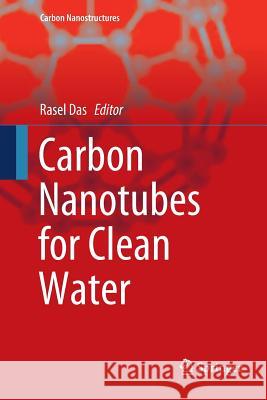Carbon Nanotubes for Clean Water » książka
topmenu
Carbon Nanotubes for Clean Water
ISBN-13: 9783030070670 / Angielski / Miękka / 2019 / 186 str.
Kategorie:
Kategorie BISAC:
Wydawca:
Springer
Seria wydawnicza:
Język:
Angielski
ISBN-13:
9783030070670
Rok wydania:
2019
Dostępne języki:
Numer serii:
000410020
Ilość stron:
186
Waga:
0.28 kg
Wymiary:
23.39 x 15.6 x 1.07
Oprawa:
Miękka
Dodatkowe informacje:
Wydanie ilustrowane











